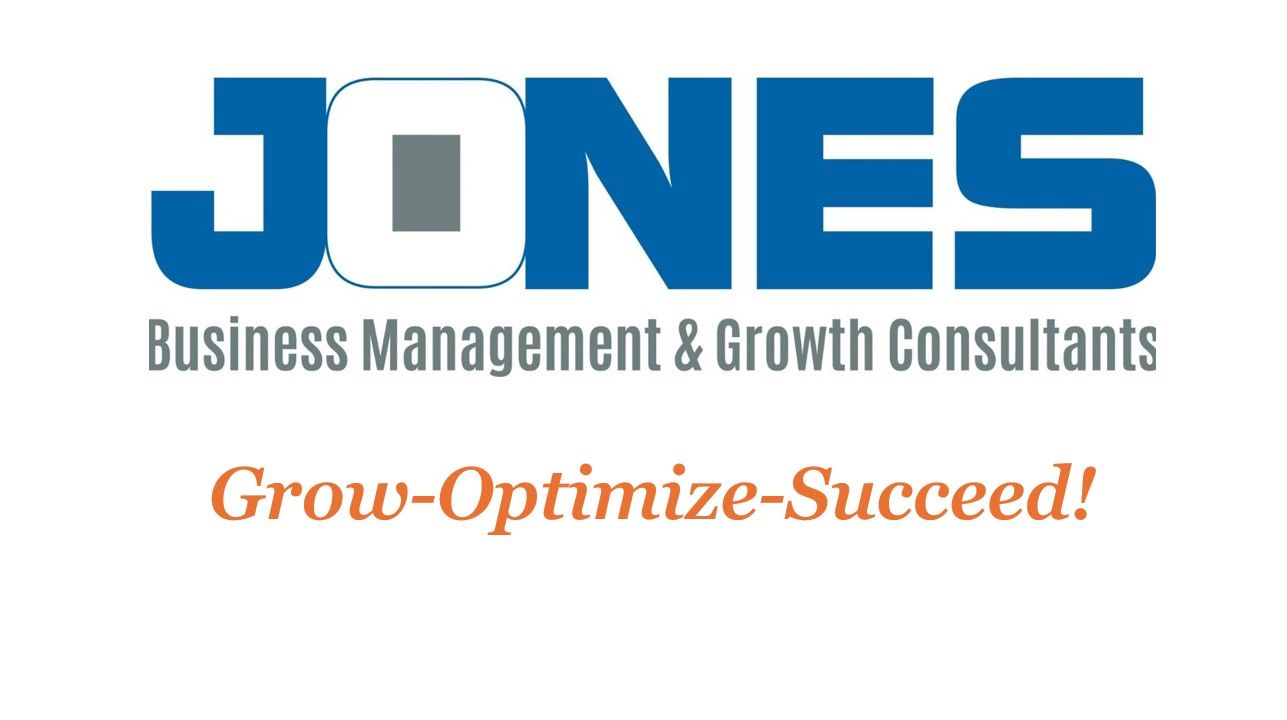Building a Team That Won't Leave You Hanging
Marketing to Employees Starts Before You Hire

We all know how much effort goes into marketing your business to customers. You carefully craft your brand image, deliver great service, and make sure your customers feel valued. But how much of that effort do you put into marketing your business to your employees—both prospective and current?
If you find yourself constantly having to fill in for employees, it’s time to take a closer look at your recruitment and retention strategies. The truth is, your team members are just as important to market to as your customers. And just like your customer marketing doesn’t stop after the sale, your employee marketing shouldn’t stop after the hire.
To build a team that won’t leave you hanging, you need to start by attracting the right people. This begins with your job postings, interviews, and onboarding process. Make sure you are selling your business as a great place to work, just as much as you sell your products or services to customers. Show prospective employees why they would want to be part of your team—whether it’s career development opportunities, a positive company culture, or meaningful work.
But it doesn’t stop at hiring. Employee engagement must be a continuous effort. Think of it as an internal marketing campaign. How can you keep your team motivated, aligned with your company’s goals, and committed to staying with you long-term?
Regular check-ins, opportunities for growth, and recognition for hard work all contribute to this. And when employees do leave, exit interviews are crucial. These conversations can provide valuable insights into why people are moving on, allowing you to improve your processes and retain future employees longer.
By treating your employees with the same care and attention you give to your customers, you build a team that feels valued, invested, and less likely to leave you shorthanded.
#TeamBuilding #EmployeeEngagement #WorkplaceCulture #RecruitmentStrategy #Retention #EmployeeRetention #Leadership #BusinessSuccess #EntrepreneurTips #HiringStrategy #EmployeeMotivation










